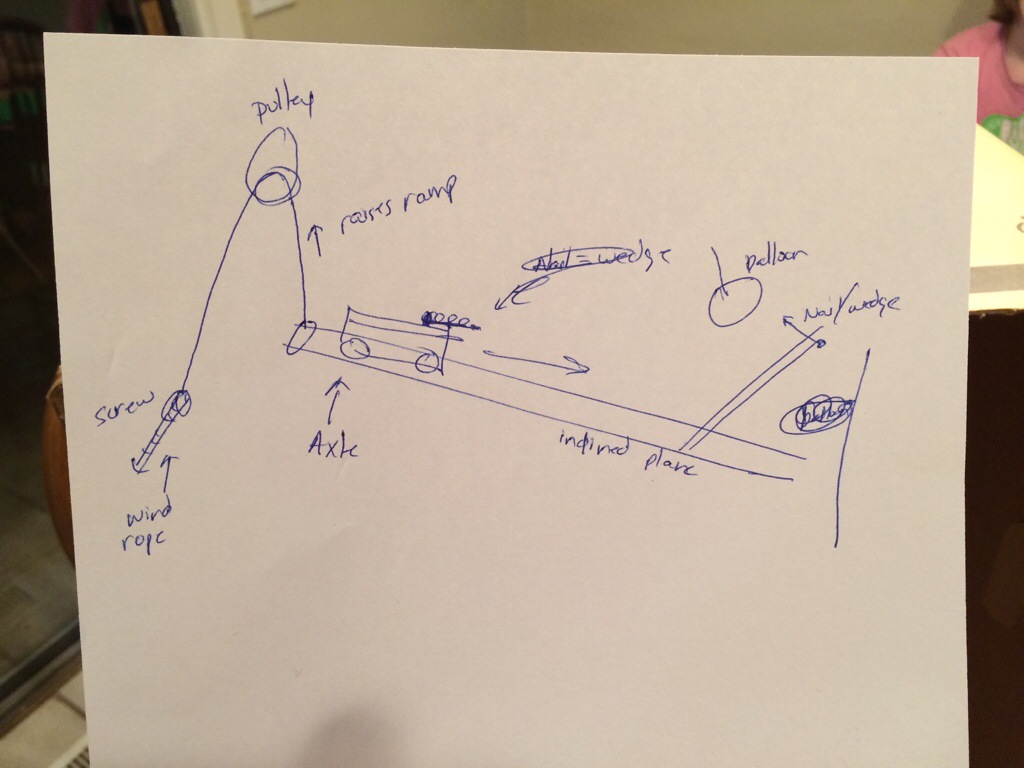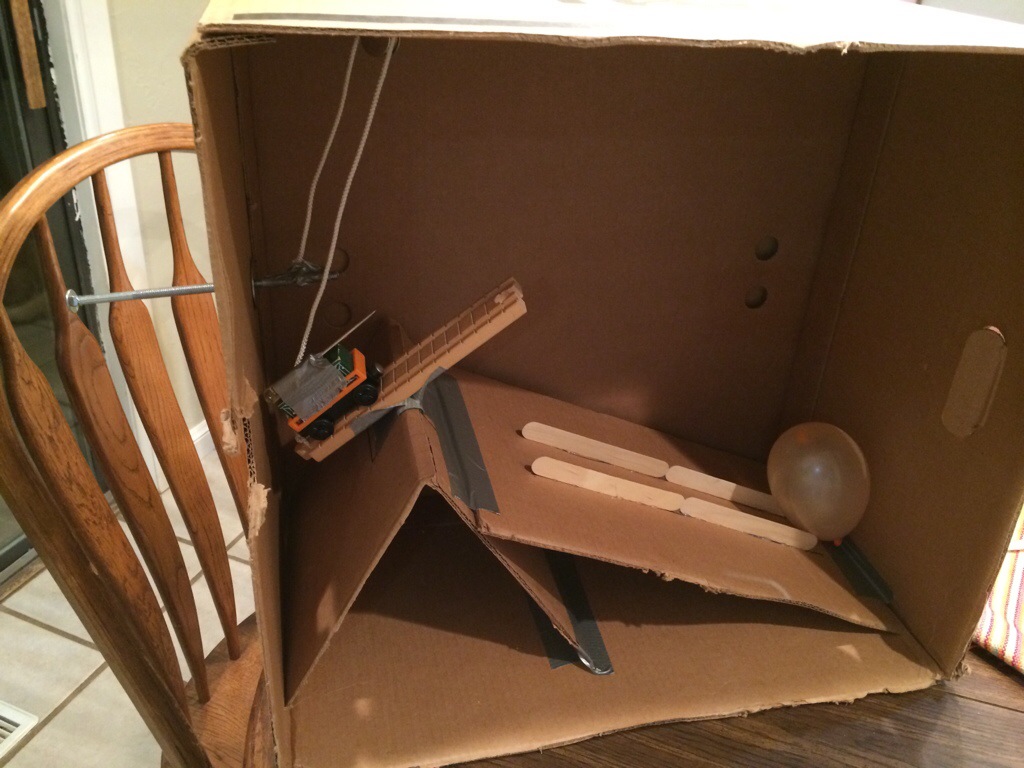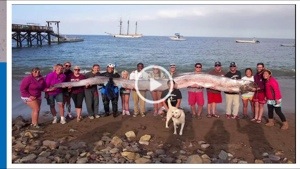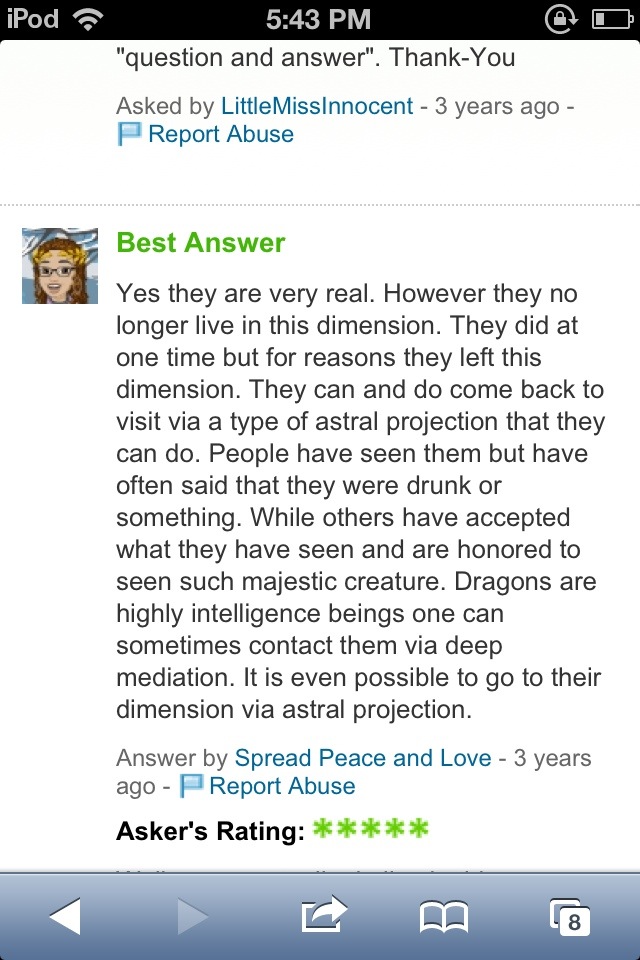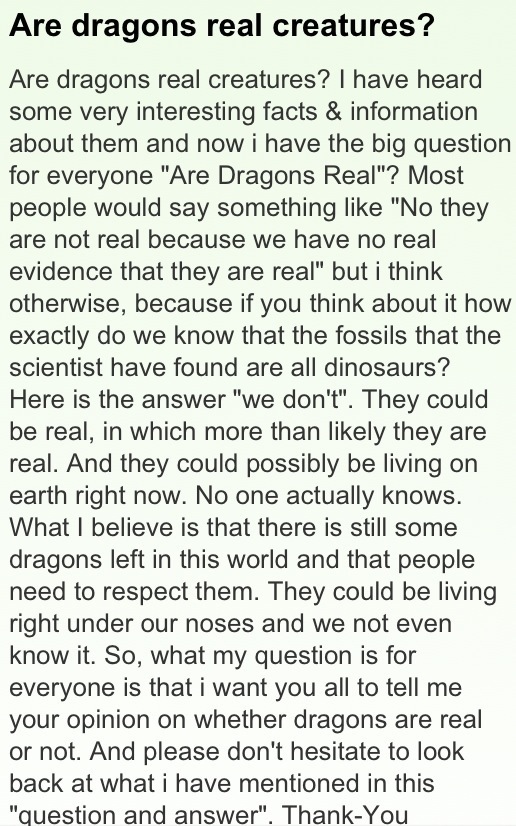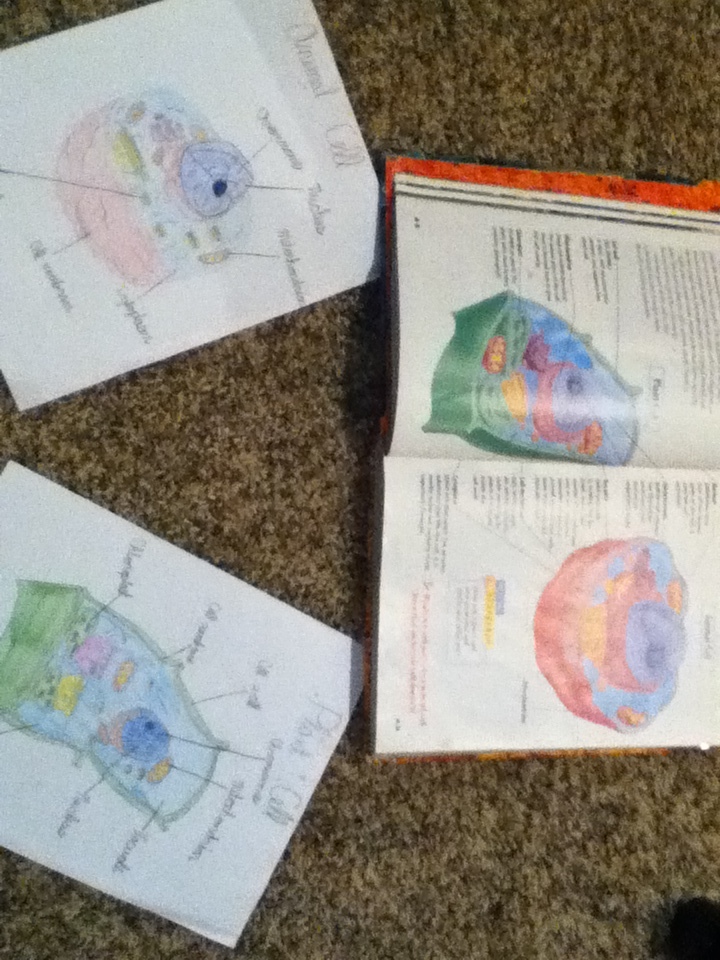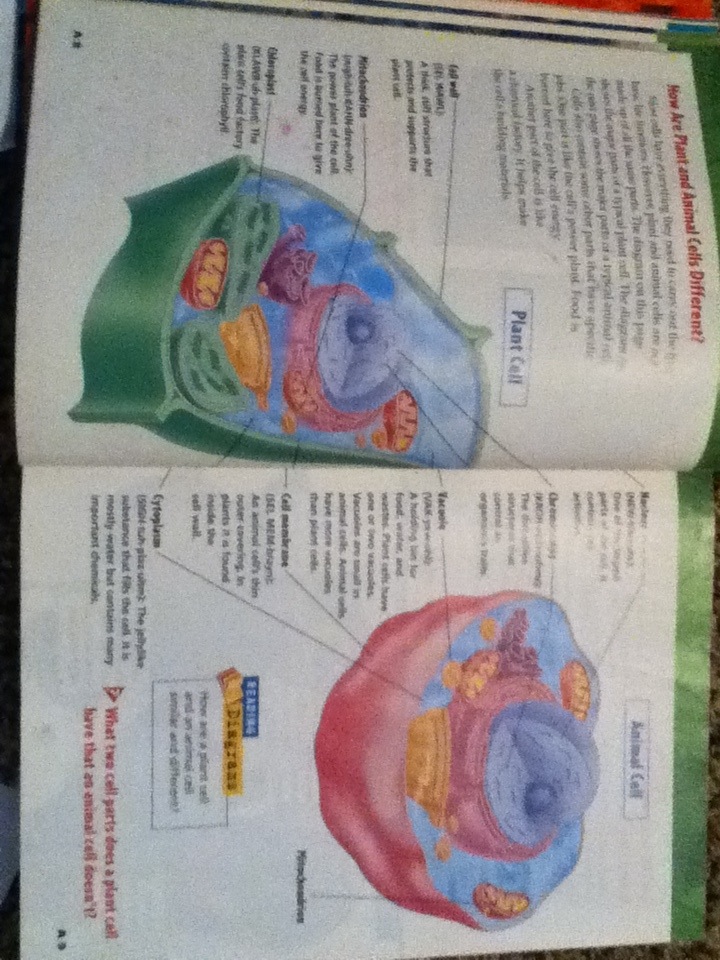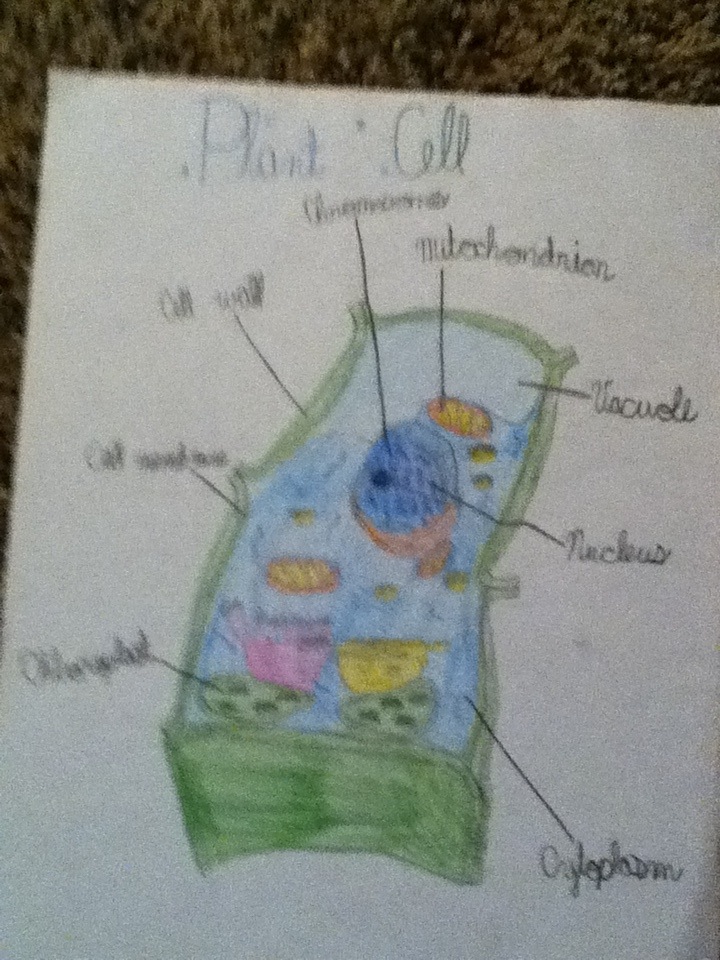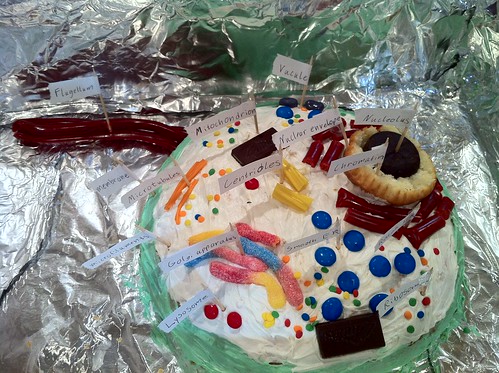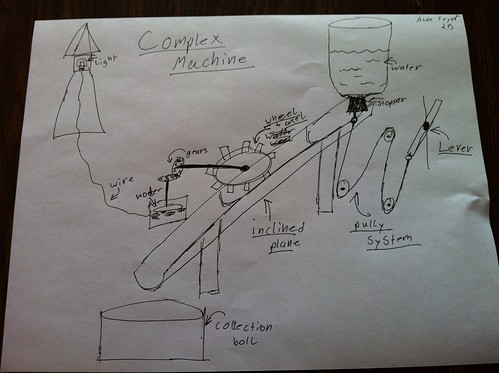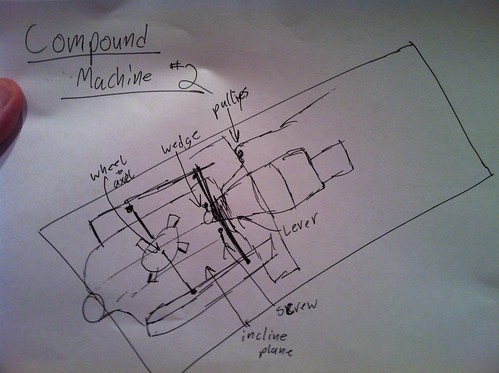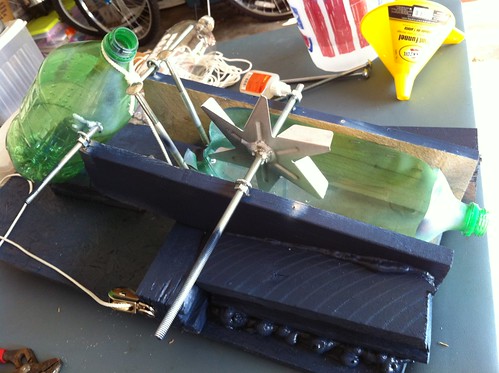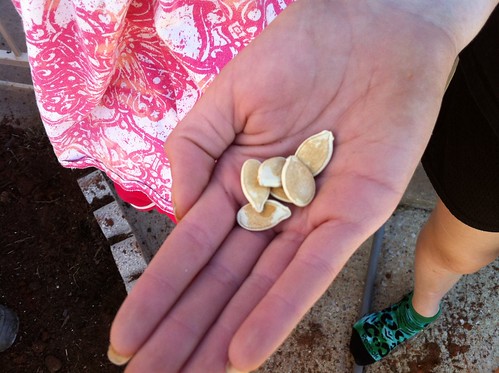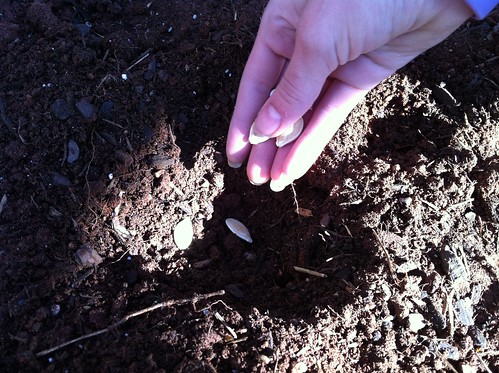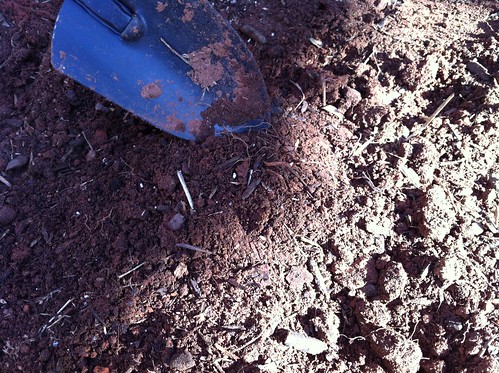In March and April this year Alexander worked on a simple machine project for his 8th grade science class. His design process and the results of his project are documented in the posts, “Draft Design for a Complex Machine to Generate Electricity from Water Power” (26 March 2012) and “Good Things Can Come From Science and Engineering Projects in School” (30 April 2012). After sharing those results, I received some feedback via Twitter from Arizona 5th grade teacher Michael Buist. His students looked at the design photos and videos Alexander created, and wrote an extensive series of questions for him about his project, design process, and lessons learned.
This evening Alexander answered a few of the questions using AudioBoo on an iPad. He actually asked to answer with just audio, since he didn’t need to show anything on his actual project in a video to answer the questions. Here are the student questions written by some of Mr. Buist’s students and Alexander’s recorded answers. There were many more questions shared by students, but these were the ones Alexander was able to answer tonight. Thanks Mr. Buist and students for your interest in Alexander’s project and his learning journey as a designer and engineer! I hope the information we share is helpful to you in your own engineering design projects.
Questions from Jonah C:
Did you have fun doing this project, or did you just do this for a good grade? If you did have fun with this project, what were the most fun parts of the project that you had?
If you did not like this and just did this project for a grade, then what did you not like about the project? What kind of help did your dad give you, or did you just do the project by yourself?
Question from Braxton B:
One of the questions that I have about the second design is why even use the pulley when you still have to use your hand to help it along I hope you can answer my questions a thank you for listening.
Answers for Jonah C. & Braxton B.about Simple Machine Project
Question from Lejon D:
If you were to take away one thing from your design what would it be?
Answers for Lejon D. about Simple Machine Project
Questions (1 of 2) from Eric B:
Question 1: Did you think about recycling the water by making a tube back into the bottle or something like that?
Question 2: Where did the water go after it went through once?
Question 3: How long did it take to make your project?
Question 4: How much did it cost to make your project?
Question 5: Did you find this project particularly challenging?
Question 6: Have you faced a project like this before?
Question 7: What inspired the idea?
Question 8: Did you enjoy this project?
Answers 1 of 2 for Eric B. about Simple Machine Project
Questions (2 of 2) from Eric B:
Question 9: The first time you ran your water wheel it failed, why?
Question 10: Could you upgrade your machine in any way?
Question 11: Was your dad very beneficial do you work and the way your machine ran?
Question 12: Did the light turn on?
Question 13: Why do you think the pulley did not work?
Question 14: Was your dad excited when your project was a success?
Question 15: Did you dad embarrass you at the end of the video?
Question 16: Witch design did you think worked the best?
Answers (2 of 2) for Eric B. about Simple Machine Project
Question from Katie:
In your first design you had the water from the wheel turn on a light bulb. Why did you decide not to do that design?
Answers for Katie about Simple Machine Project
Question from Malaya G:
I want to know what grade you got on your project and did you have fun making it?
Answers for Malaya G. about Simple Machine Project


